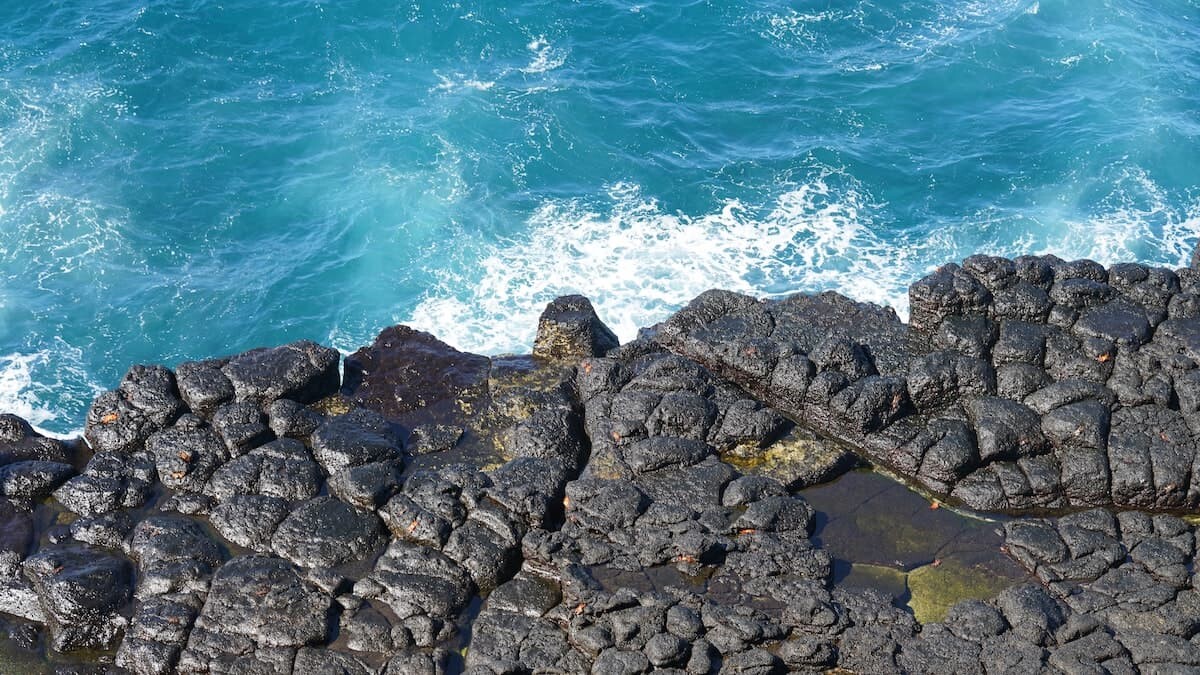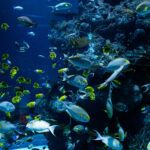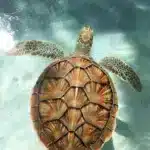Midterm Evaluations (MTE) for two GEF-funded projects in Ecuador
04/2021 - 07/2021

Photo: Unsplash
The Global Environment Facility (GEF) requires Midterm Evaluations (MTE) for two full-sized projects: “Implementation of the Strategic Plan of Ecuador Mainland Marine and Coastal Protected Areas Network” and “Safeguarding biodiversity in the Galapagos Islands by enhancing biosecurity and the enabling environment for the restoration of Galapagos Island ecosystems”. The MTEs conducted by AAE will be used as an adaptive management practice by CI and its project team in country as a portfolio monitoring tool suggested by the GEF Secretariat. MTEs are primarily monitoring tools to identify challenges and outline corrective actions to ensure that the project is on track to achieve maximum results by its completion.
Main tasks
- Conduct Desk Review of project documents (i.e. PIF, CI-GEF Project Document, plans related to the Environmental and Social Safeguards, Gender, Stakeholder Engagement policies, etc.);
- Host MTEs workshops with the Executing Agencies to clarify understanding of the objectives and methods of the MTEs;
- Conduct Environmental and Social Screening;
- Undertake the midterm review of the projects, including interviews to local stakeholders and site visits;
- Produce a draft and final Midterm review report of both projects.
Main outputs
- MTE Desk Review;
- MTE Inception Workshop and Inception Workshop Report;
- Presentation of initial findings to the Executing Agency, CI’s General Counsel’s Office (GCO) and CI-GEF Agency at the end of MTE mission;
- Draft Final Report with annexes to be shared with CI GCO, CI-GEF Agency, Executing Agencies;
- Final Report incorporating comments including annexed audit trail detailing how all received comments have (and have not) been addressed in the final MTE report.
Others projects of potential interest
Contact Us
- aae@aae.com.uy
- +598 2900 34 55
Office
- Plaza Independencia 808, Apt. 1001 11000 Montevideo, Uruguay











